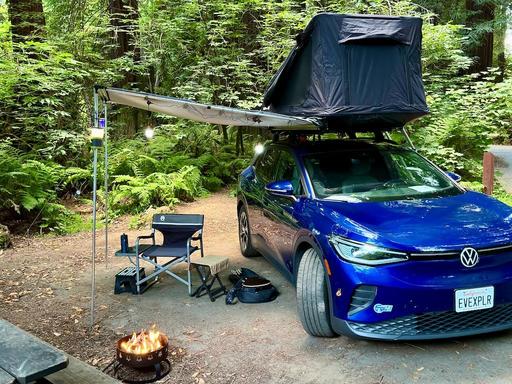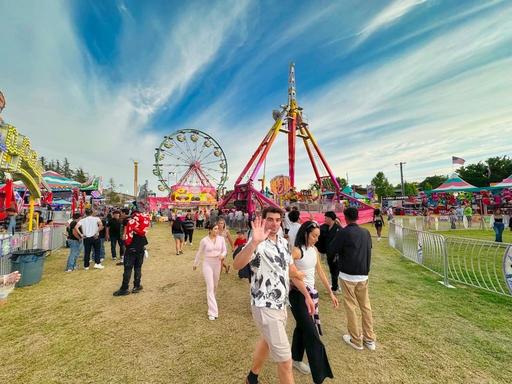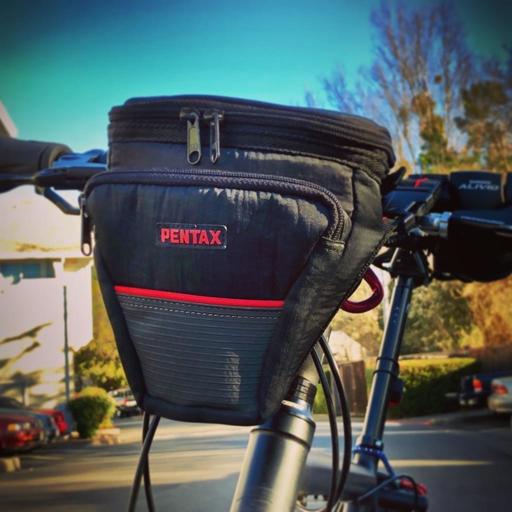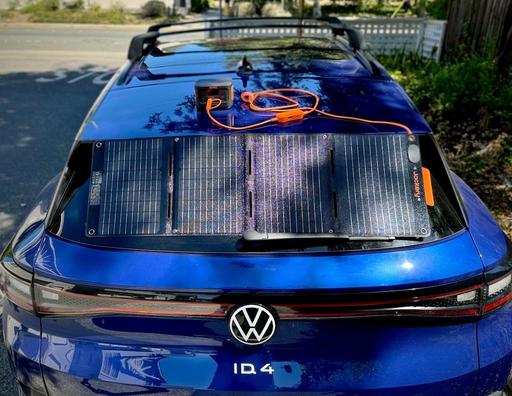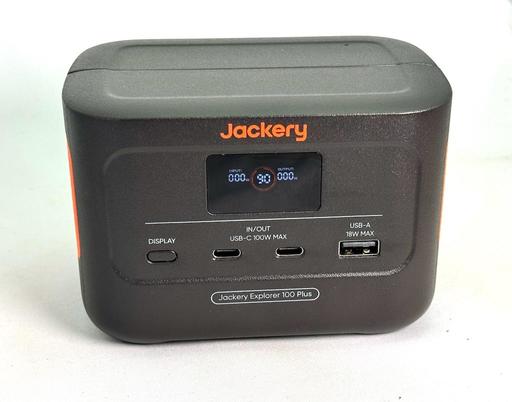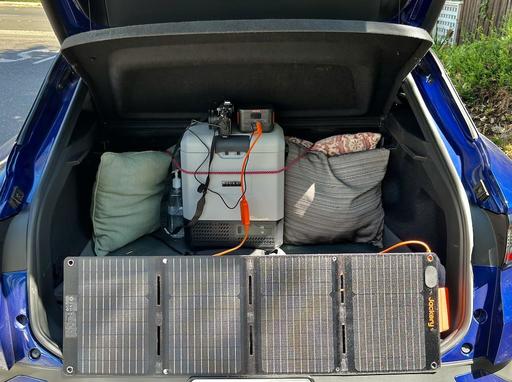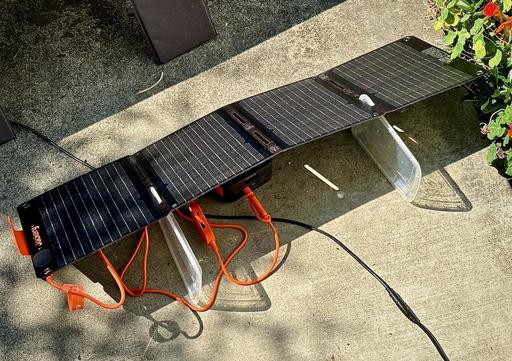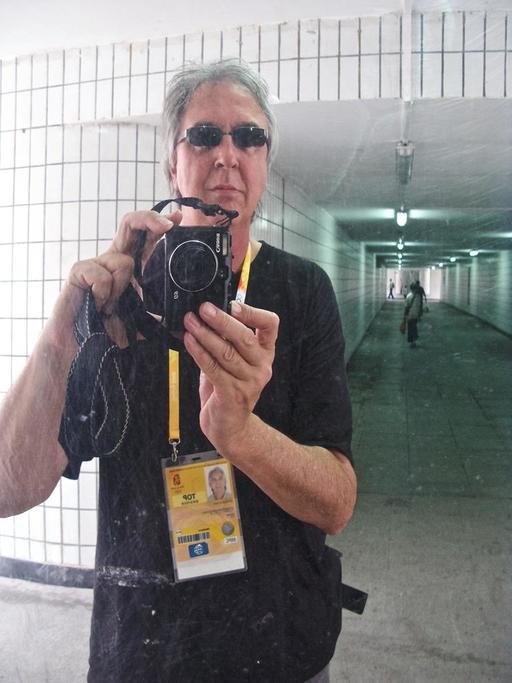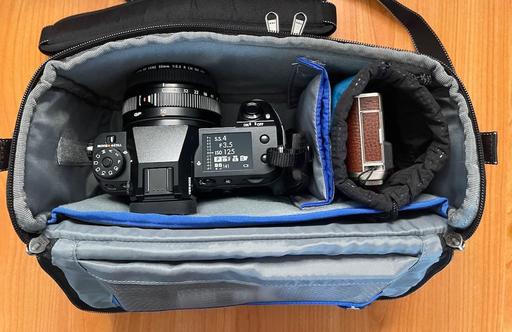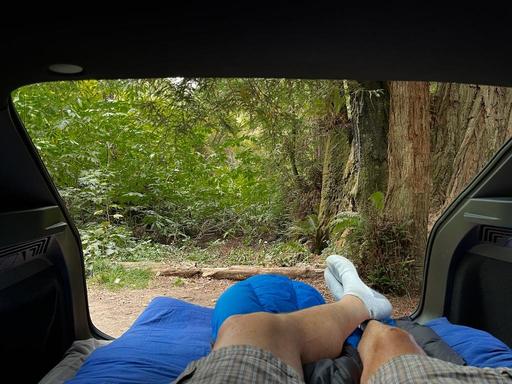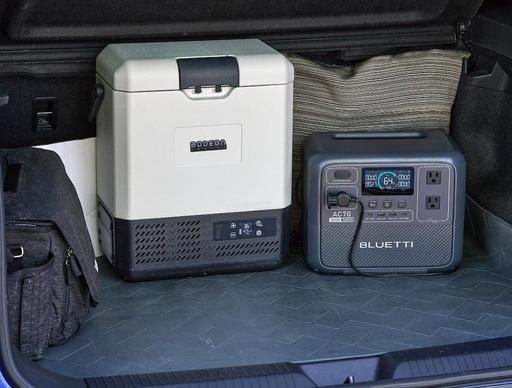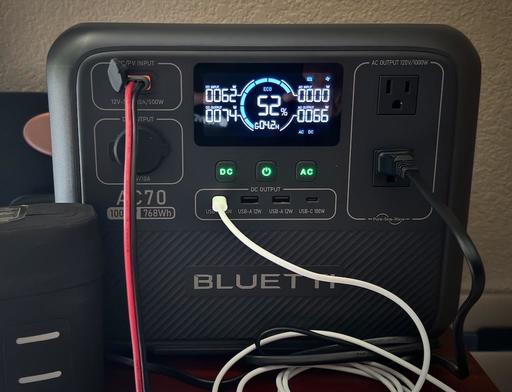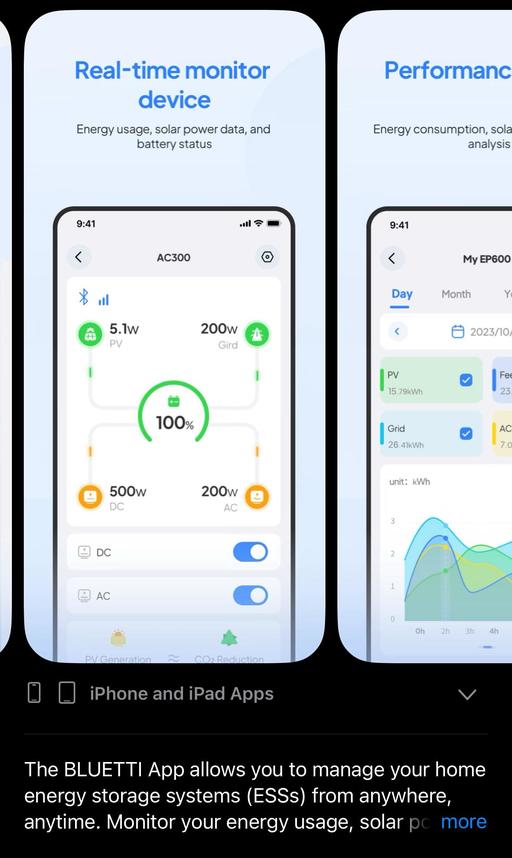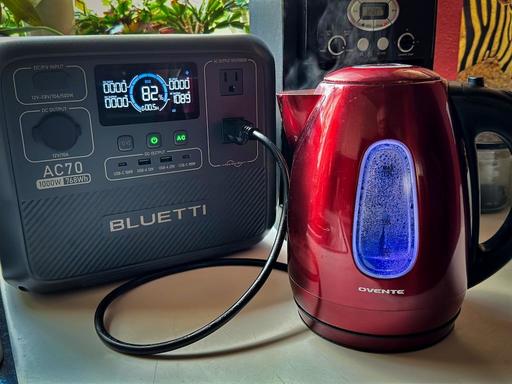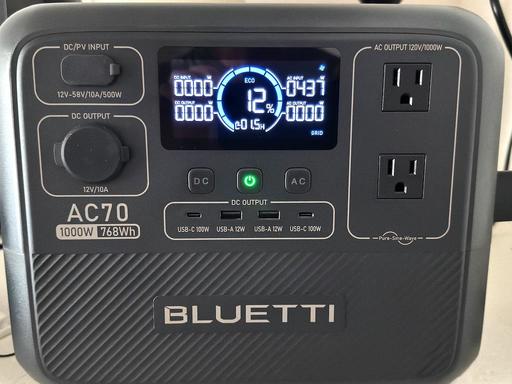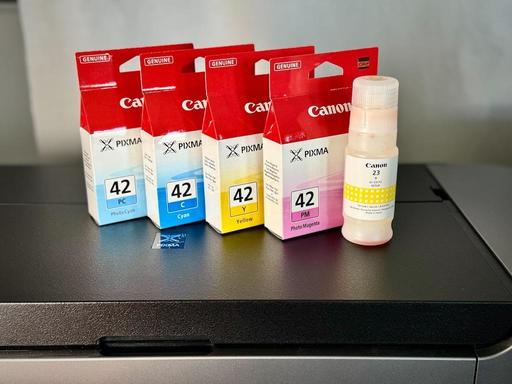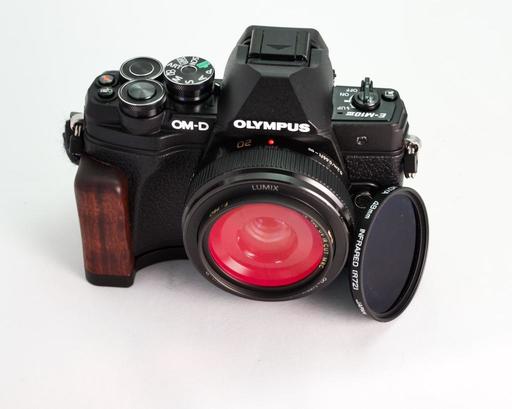This is The Digital Story Podcast #960, August 13, 2024. Today's theme is "Roof Top Camping and Nimble Photography." I'm Derrick Story.
Opening Monologue
As I wandered through the campgrounds during my latest outing, I noticed some very impressive encampments that I'm sure required plenty of manpower to set up. Being the Nimble Photographer that I am, I prefer a lighter touch, which leaves me more time for photography and campfire gazing. In this week's show I talk about the TentBox Go RTT, roll out awnings, portable fire rings and more. Time saved in camp leads to more photography. I hope you enjoy the show.
Tune-In Via Your Favorite Podcast App!
Apple Podcasts -- Spotify Podcasts -- Stitcher
Podbean Podcasts -- Podbay FM -- Tune In
Roof Top Camping and Nimble Photography
I'm going to break this feature story into two parts. I'll lead off with the camping set up (including a picture in the show notes), and then I'll discuss the photography rig I used in camp and on the trail.
The Camp Setup
One of the most important features or any comfortable campsite is the sleeping arrangement. Over the years I've migrated from sleeping on the ground with a closed-foam pad, to tents with inflatable mattresses, to inside the VW Vanagon, to inside the VW ID.4 SUV, to finally a Roof Top Tent (RTT) on the roof of the ID.4.
When I first describe the RTT to people who aren't familiar with them, it's hard for them to imagine. What do you mean you're sleeping on top of your car? How could that be comfortable?
Those are reasonable questions. Here's the way it works.
Believe it or not, most RTTs work on a wide variety of cars. You need to be able to put roof racks with cross bars on top. The RTT securely mounts on top of the roof racks. It is collapsed while you're driving, then opened once you're in camp.
People often ask about the amount of weight that the roof and racks can support. The answer is a surprising amount. The roof racks determine how much weight you can put on them. There are two categories: dynamic weight and static. Dynamic is during driving, and that's the rating you'll usually see listed on the rack. Mine can bear up to 165 pounds of dynamic weight.
In terms of static, when you're not driving, that can go up to 600 pounds or more of distributed weight, like people laying down in a roof top tent.
My TentBox Go weighs 73 pounds and measures Width: 50 in, Length: 90 in, Height: 45 in when open, and collapses to 18 in tall when collapsed. They achieve this light weight by using a trampoline styled base with a closed-foam air mattress on top.
I am 6'7" tall and weigh 238 pounds. I can stretch out full length in the TentBox Go and there are no weight issues with the top of my car or the racks.
And because the tent sits up on the racks, the aerodynamics of the car remain intact when I'm driving. My KwH per mile is virtually the same as without the tent at 65 MPH or slower, and a .3 loss per mile between 65 MPH and 72 MPH, and .5 loss per mile over 75 MPH. My normal average is 3.3 miles per KwH with no tent. So if I'm driving over 75 MPH, that can go down to 2.8 miles per KWH. On my recent camping trip, with car fully loaded, maintained my 3.3 miles per KwH for the entire trip.
Once the tent is erected, there are screened doors on both sides, a front screened window, and a screened skylight window. At night I would close the side and front windows and leave the skylight open so I could look at the stars.
A collapsible ladder comes with the tent that stores inside the unit during transport. I would go up four rungs then roll onto the mattress. It was easy and I never felt unsafe. Going back down is just as easy.
Inside, there is plenty of room to sit up if you want to work on your pictures. This is especially nice when the mosquitos are out and you want protection from them.
As for sleeping, I've never had a better couple of nights camping. The trampoline base is firm with just the right amount of give for sleeping on your side. Add the closed-foam air mattress that's designed for the tent (optional price), and I'm talking really comfortable.
Sleeping bag, pillows, and mattress all stay in the tent, even for transport. So it's always ready to go.
To set it up, you take off the protective cover, grab the ladder and extend it, then extend two poles inside the tent to raise it. It takes just a couple minutes. And it is very sturdy. It's rated stable up to 35 MPH winds when opened.
I add a SlimShady 6.5' ($389) lightweight roof mounted awning on the opposite side of the ladder that weighs just 29 pounds, but provides 42 square feet of covered patio space.
Both the upstairs bedroom and the patio add less than 100 pounds to the car, and don't adversely affect my mileage at normal speeds.
Now it's just a matter of adding the patio chairs, foldable table, and the propane-powered portable fire ring (though not directly under the patio cover.). I'm using the Camp Chef Juniper ($149) portable fire pit. It's also nice for grilling in a frying pan.
I also use the JetBoil Portable Stove System ($129) for rapid water boiling for coffee and meals.
I have the entire campsite set up in 45 minutes, which leaves me the rest of the afternoon for relaxation and photography.
Now for the Photography
It's been a long time since I've shot with an all-in-one zoom lens. So I wanted to test how far I could push the Nikon NIKKOR Z 28-400mm f/4-8 VR Lens ($1,296) for the Nikon Zf ($1,996). Here's how it went.
Pre-Orders for Mint's $799 Rollei 35AF Film Camera Start September 10
You can read the entire story on Petapixel.com.
James Bond chooses Leica to photograph the Olympics
You can read the entire story on DigitalCameraWorld.com.
There's a cheap LED camera light hidden inside this fake film roll
You can read the entire story on TheVerge.com.
Virtual Camera Club News
The Nimble Photographer Newsletter is now publishing every Thursday. Readers will enjoy a variety of content spanning from short photo essays, to commentary on weekly events, to reviews of the latest and coolest photo gear.
Inner Circle Members: A big thanks to those who support our podcast and our efforts! We are having a blast at our new Inner Circle hangout, the private group I've set up at DerrickStoryOnline. We'd love it if you join us. You can become an Inner Circle Member by signing up at our Patreon site. You will automatically be added to the new hangout.
Great Photography Articles on Live View - If you check out our publication and appreciate what you see, be sure to follow us and clap for those authors. You can find us at medium.com/live-view.
If you're interested in writing for Live View, drop me a line at dstory@gmail.com.
The New Donation Kit for Carefree Shipping of Found Film Cameras - If you've discovered a film camera that's no longer being used, our new Donation Kit makes it easy to pack and ship. Just visit the Contact Form on thenimblephotographer.com, click the box next to Donating a Film Camera, and let me know what you have. In your note, be sure to include your shipping address.
Affiliate Links - The links to some products in this podcast contain an affiliate code that credits The Digital Story for any purchases made from B&H Photo and Amazon via that click-through. Depending on the purchase, we may receive some financial compensation.
Red River Paper - And finally, be sure to visit our friends at Red River Paper for all of your inkjet supply needs.
See you next week!
You can share your thoughts at the TDS Facebook page, where I'll post this story for discussion.
